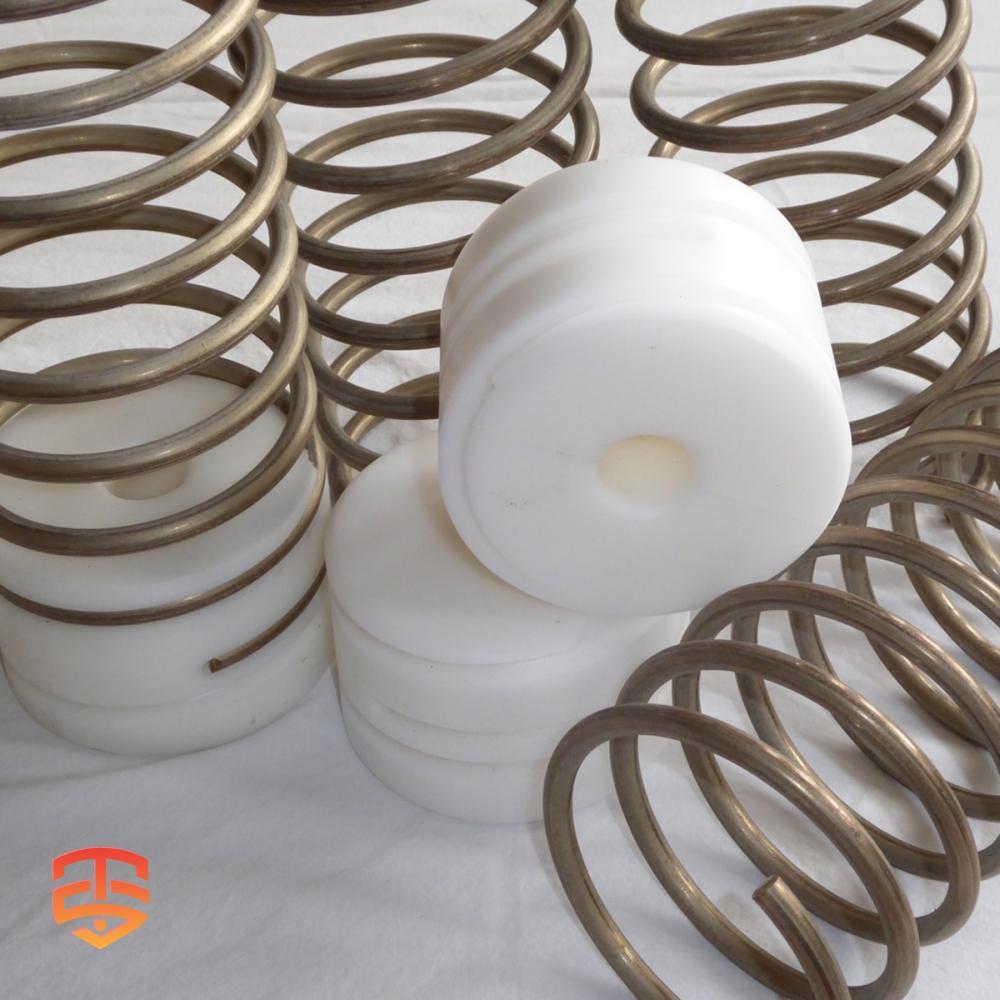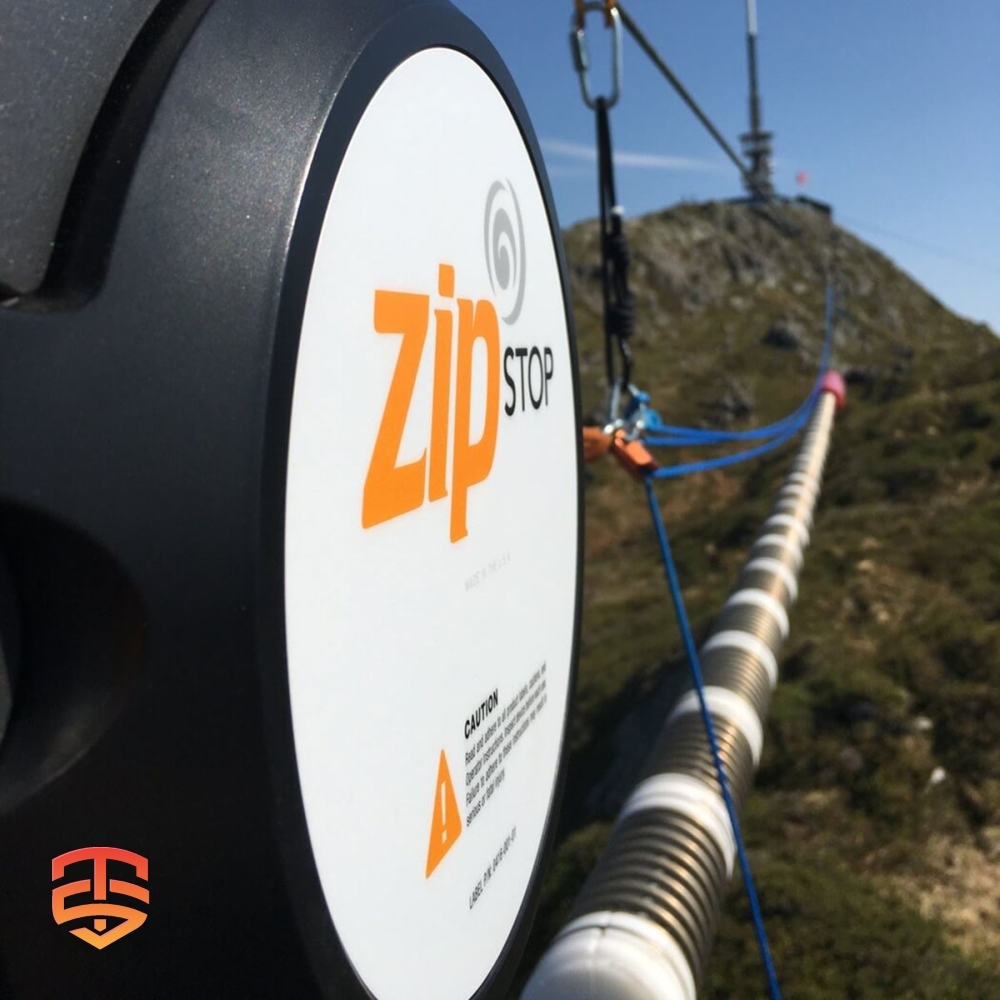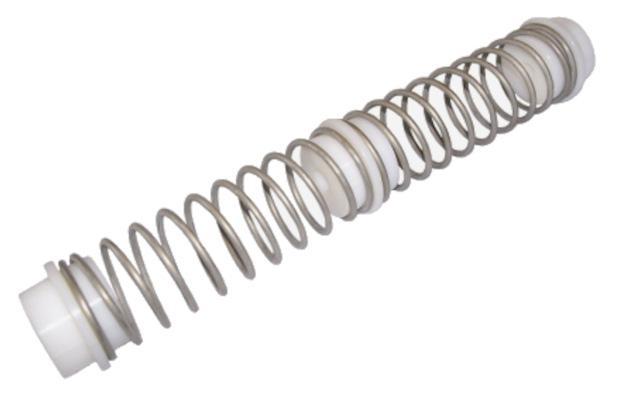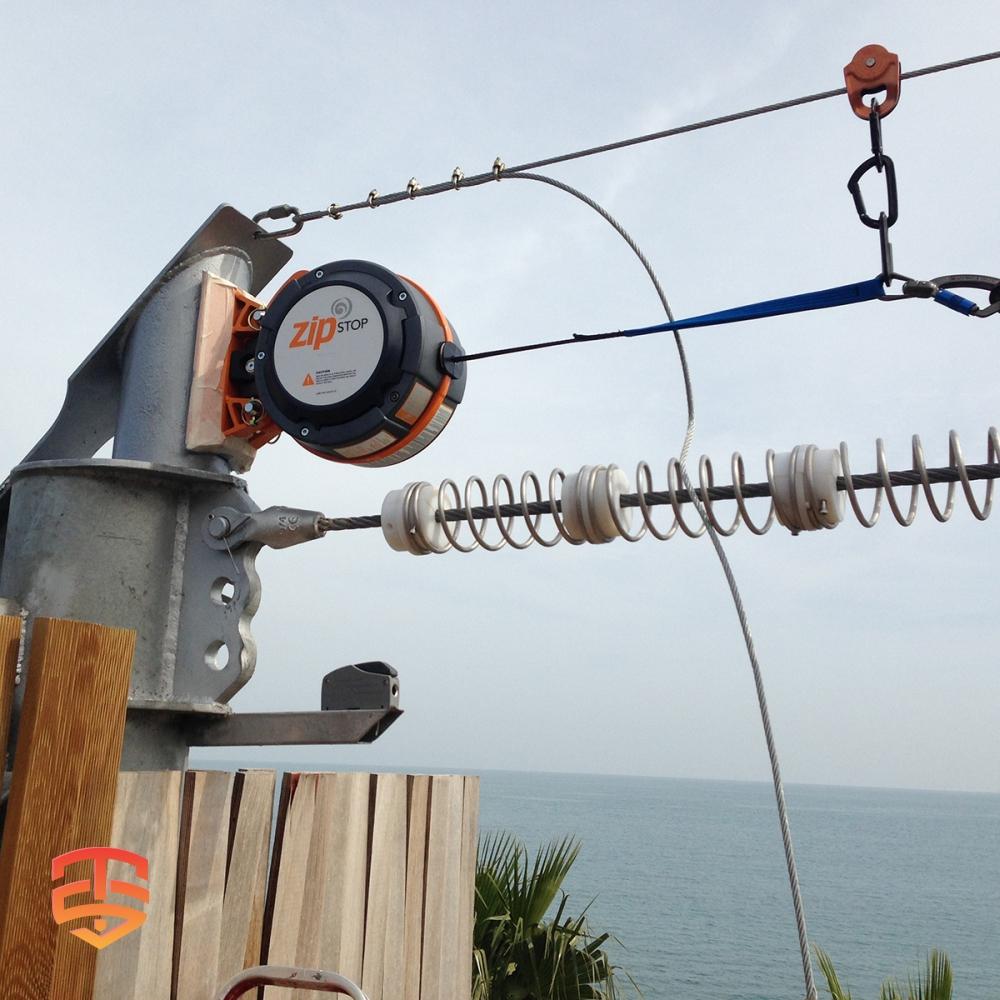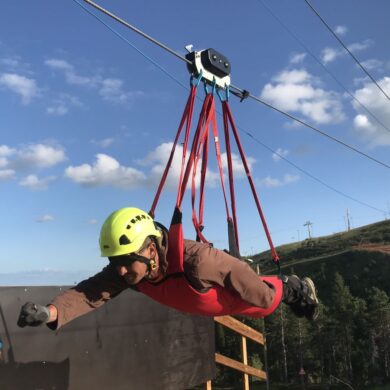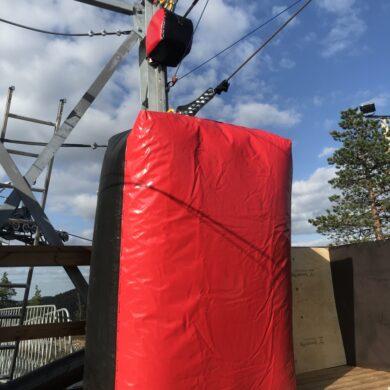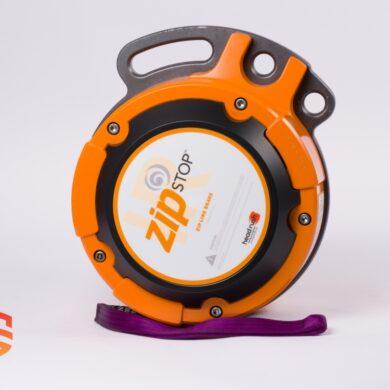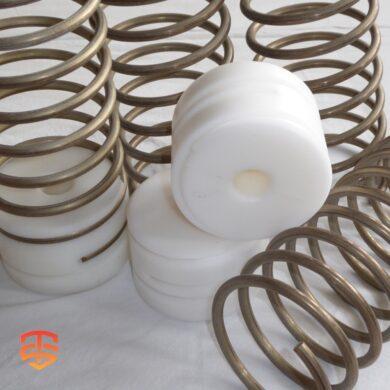Description
Spring Brake System: Zipline Spring Brake, to be used as primary and secondary brake (emergency arrest device, EAD) for both high and low speeds with high loads. Tested for speeds up to 80km/h, resulting in a safe and comfortable braking situation.
Each Zipline spring brake section consist of 1 spring and 1 nylon spacer = approx 30cm.
Spring packs are a proven choice for effective primary and/or secondary braking (EAD) on ziplines. Each spring pack consists of multiple springs connected by durable nylon spacer blocks. The number of springs required for an optimal primary or secondary brake depends on factors like rider arrival speed, rider weight range, and the type of primary brake used, among other variables. Our spring packs are engineered specifically for zipline braking, ensuring reliable performance for a variety of zipline setups.
As an example the following calculation for the size of the spring-pack:
Incoming speed (km/h) |
25 |
|
| Spring brake used as: | Primary Brake | Secondary Brake EAD |
| Springs needed | 20 | 15 |
| Spacers needed | 21 | 16 |
| Spring-pack length (meter) | 6,4 | 4,8 |
All zipwires require a primary zipline braking system to stop the rider at the end of the line. But beyond this measure, zip lines should also have an emergency or back-up braking solution. An emergency arrest device (EAD) is just what it sounds like – it is the thing that would stop rider in an emergency situation where the primary braking system doesn’t do its job. Read all about EAD devices in our whitepaper.
Spring packs have been found to be an effective primary and/or secondary brake (EAD). A spring pack is made up of multiple springs which connected by nylon spacer blocks. The number of springs necessary for each primary and/or secondary zipline brake depends on rider arrival speed, weight range of riders, what type of primary brake is used as well as other variables. Our spring packs are designed specifically for zip line braking.
Consult with our zipline experts to confirm that the product is precisely designed and installed to meet emergency braking standards according to EN, ACCT, and ASTM guidelines. When properly configured, a spring pack helps establish a fail-safe braking system, consistently and effectively stopping participants safely.
Spring Brake – EAD- Emergency arrest device
- Provides smooth and effective emergency braking when the correct number of springs are used;
- Easy to install, inspect, and maintain;
- Corrosion resistant due to the stainless steel springs and nylon spacer blocks;
- Easy to add or subtract springs to ensure proper EAD function;
- Easy installation (retrofittable) on existing zipline installations.
The number of springs and spacers depends on the landing speed, ask us and we help you with numbers.
How to install the springs on the zipwire?
Expert Information regarding Zipline technology
Interested to read more about Zipline technology and Expert opinions?
- Zip Line Design: Components for a Complete System
- 9 Zipline Mistakes You Don’t Know You’re Making
- Pros and Cons of Different Zip Line Brakes
- Expert Tips for Zip Line Brake Installations
- White Paper on Zipline Emergency Arrest Devices (EAD)
- Does your zip line need an emergency arrest device?
- MAG Brake Trolley, the Magnetic Self-braking Zipline pulley
- The Science of Eddy Current Magnetic Braking
- Why Zip Line Trolley Bearings Matter
- Whitepaper: Zipline Braking Dynamics
- Zip Line Installation: Give them the Best Ride

